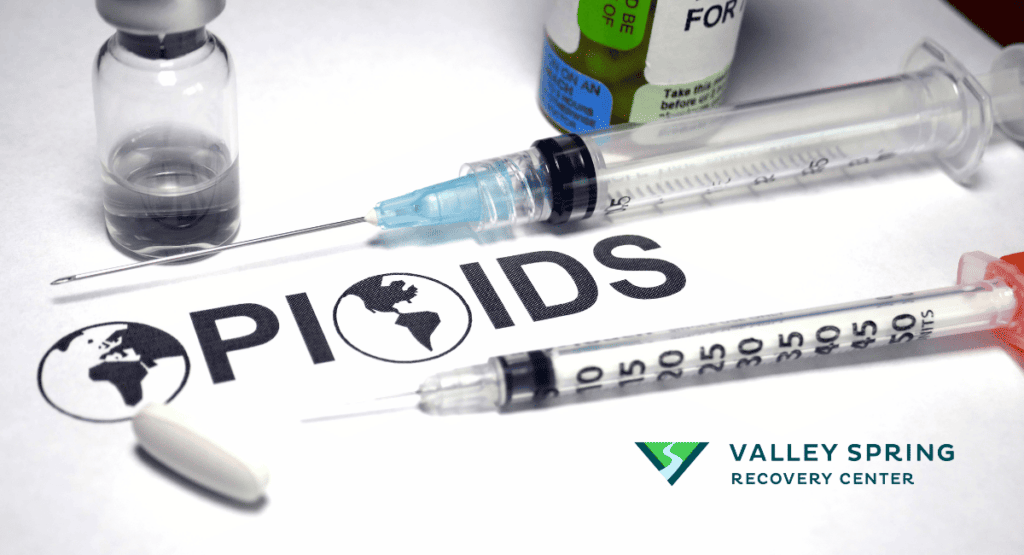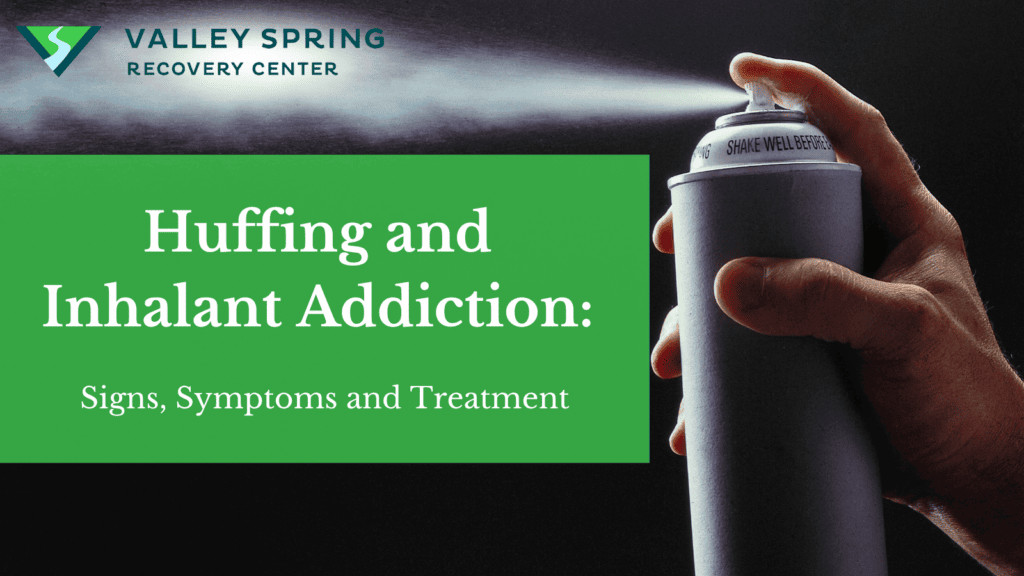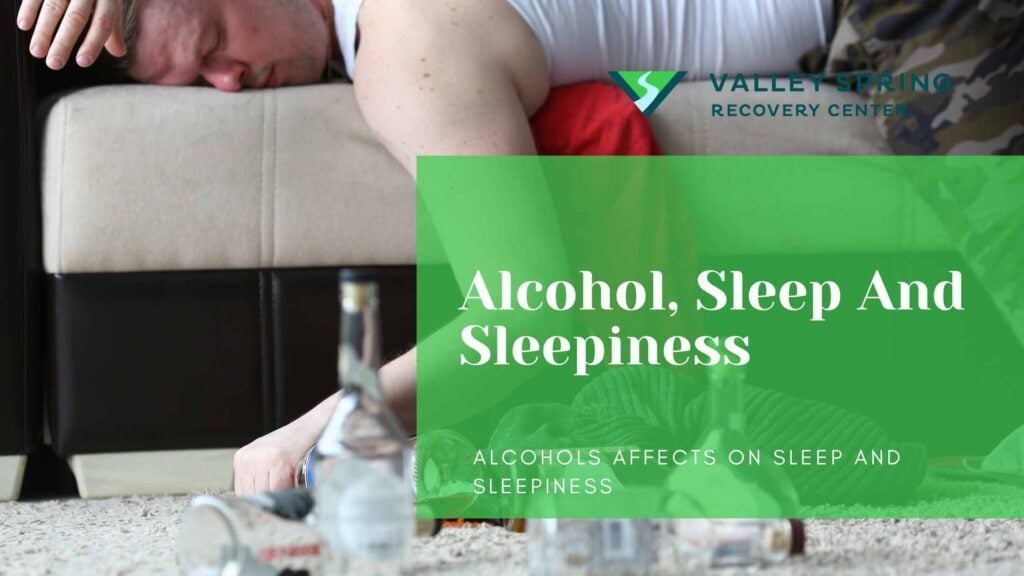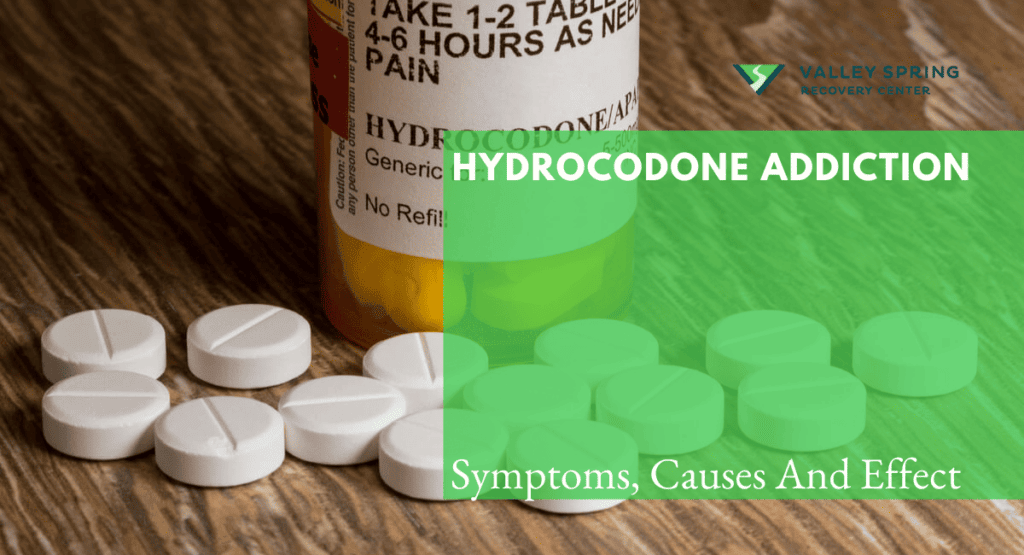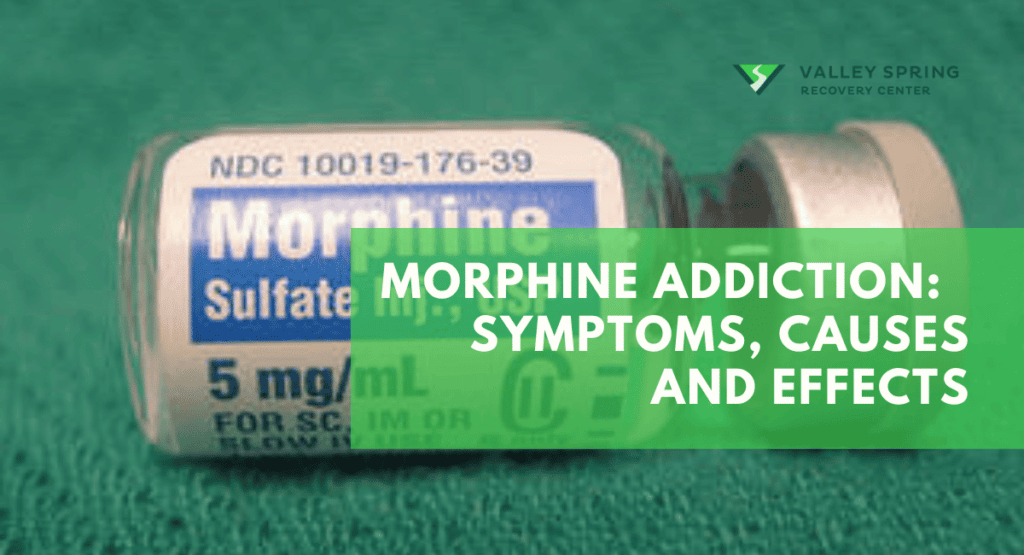Percocet addiction is a severe and potentially life-altering condition characterized by the compulsive and harmful misuse of Percocet. This prescription medication combines oxycodone, an opioid pain reliever, with acetaminophen.
Common symptoms of Percocet addiction include physical signs like drowsiness and constipation, emotional symptoms such as mood swings and anxiety, and behavioral changes like social withdrawal and routine shifts. Increasing tolerance and withdrawal symptoms are also key indicators that warrant immediate medical attention.
Recognizing these indicators can lead to early intervention and treatment, as well as raising awareness of the widespread impact of opioid addiction in our communities. In the United States, opioid-related overdoses have reached alarming levels, making it vital to comprehend the complexities of Percocet addiction and its associated risks.
What is Percocet Addiction?
Percocet is a prescription medication that combines two active ingredients: oxycodone, which is an opioid pain reliever, and acetaminophen, a non-opioid pain reliever and fever reducer. It is typically prescribed by healthcare professionals to manage moderate to severe pain, such as that which may follow surgery or injury.
Oxycodone, the opioid component in Percocet, works by binding to opioid receptors in the brain and spinal cord, reducing pain perception. Due to its opioid content, Percocet has a high potential for abuse and addiction if not taken as prescribed or misused.
What Are The Signs And Symptoms Of Percocet Addiction?
The symptoms of Percocet addiction are similar to that of OxyContin and encompass a range of physical, psychological, and behavioral manifestations that collectively signify the profound impact of opioid dependency on individuals’ lives and well-being. Below are signs and symptoms that can aid in recognizing Percocet addiction:
Physical Signs
- Dilated or constricted pupils
- Drowsiness or sedation
- Nausea and vomiting
- Constipation
- Slurred speech
- Poor coordination
- Itching or flushing of the skin
- Needle marks (in cases of intravenous use)
- Weight loss
- Frequent drowsiness or nodding off
Behavioral Signs
- Preoccupation with obtaining and using Percocet.
- Neglecting responsibilities at home, work, or school.
- Social withdrawal or isolation.
- Changes in sleep patterns.
- Mood swings or irritability.
- Borrowing or stealing medication.
- Doctor shopping or seeking multiple prescriptions.
- Engaging in risky behaviors to obtain Percocet.
- Failed attempts to quit or cut down on use.
- Continued use despite negative consequences.
Emotional Signs
- Anxiety
- Depression
- Irritability
- Mood swings
- Euphoria followed by dysphoria
- Agitation
- Emotional numbness
- Increased sensitivity to stress
- Guilt or shame
- Changes in personality or behavior.
Early Symptoms
- Increasing tolerance to the drug.
- Frequent cravings for Percocet.
- Using the drug for non-medical reasons.
- Taking larger doses than prescribed.
- Concealing or lying about drug use.
- Seeking multiple prescriptions from different doctors.
- Neglecting responsibilities.
- Social withdrawal or changes in social circles.
- Changes in sleep patterns.
- Mood swings or irritability.
Advanced Symptoms
- Severe physical dependence.
- Escalating drug tolerance.
- Inability to control or reduce drug use.
- Engaging in risky behaviors to obtain Percocet.
- Neglecting personal and professional responsibilities.
- Legal and financial troubles.
- Isolation from friends and family.
- Decline in physical and mental health.
- Continued drug use despite health risks.
- Increased risk of overdose.
What Are The Causes of Percocet Addiction?
The causes of Percocet addiction are complex and often interwoven, involving a range of genetic, environmental, and psychological elements that can contribute to the development and perpetuation of dependency.
Genetic Factors: A genetic predisposition can play a significant role in the likelihood of developing an addiction to Percocet. If there is a family history of substance abuse or addiction, an individual may be more genetically predisposed to similar challenges. Certain genetic markers may also influence how one metabolizes opioids, affecting the risk of dependency.
Environmental Influences: Social and environmental factors can also be powerful contributors. Peer pressure, societal norms, and cultural attitudes towards drug use can create an environment that facilitates addiction. Additionally, easy access to Percocet, whether through prescriptions or illicit means, can significantly impact the likelihood of abuse.
Psychological Triggers: Emotional and psychological factors often serve as triggers for initial use. Individuals suffering from chronic pain conditions may be prescribed Percocet and inadvertently develop a dependency. Emotional stressors like trauma, stress, and life changes can also drive individuals to use the drug as a coping mechanism.
Brain Chemistry: The biochemical interaction between Percocet and the brain’s reward system is another critical factor. The drug triggers the release of dopamine, creating a sense of euphoria that can lead to a cycle of addiction as the individual seeks to replicate that feeling.
Co-occurring Mental Health Conditions: The presence of other mental health disorders such as anxiety, depression, or bipolar disorder can complicate the picture. These conditions often co-occur with substance abuse, and in some cases, individuals may use Percocet to self-medicate, exacerbating both the addiction and the mental health condition.
Healthcare System Factors: Overprescription by healthcare providers and lack of proper monitoring can also contribute to the onset of addiction, especially in regions where opioid prescriptions are more common.
What Are The Effects of Percocet Addiction?
The most common signs and symptoms of Percocet addiction encompass a range of physical, emotional, and behavioral indicators. Physically, individuals may exhibit signs such as drowsiness, constipation, and respiratory issues, often accompanied by a neglect of personal hygiene and appearance. Emotional and psychological symptoms can include mood swings, anxiety, and depression, as the individual becomes increasingly reliant on the drug for emotional stability. Behaviorally, one may notice shifts in daily routines and social withdrawal, as the person isolates themselves to use the drug or to hide the symptoms of their addiction. Additionally, a growing tolerance to the drug’s effects and experiencing withdrawal symptoms when not using are strong indicators of addiction. Overall, these symptoms can severely impact an individual’s quality of life and should prompt immediate medical attention.
Short-Term Effects of Percocet Dependency:
- Pain relief
- Euphoria
- Drowsiness
- Reduced anxiety
- Nausea and vomiting
- Constipation
- Respiratory depression
- Confusion
- Impaired coordination
- Decreased heart rate
Long-Term Effects of Percocet Dependency:
- Increased tolerance
- Physical dependence
- Chronic pain
- Cognitive impairment
- Mental health issues (e.g., depression, anxiety)
- Social and interpersonal problems
- Financial difficulties
- Risk of overdose
- Legal and criminal issues
- Health complications (e.g., liver damage)
How Do You Take Percocets?
Percocet is typically prescribed in oral tablet form, and it’s essential to follow a doctor’s instructions for consumption carefully. The common methods of consumption for Percocet include:
- Oral Ingestion: The most common and recommended method is to swallow Percocet tablets with water. This allows the medication to be slowly absorbed through the digestive system, providing pain relief over an extended period.
- Crushing and Snorting: Some individuals misuse Percocet by crushing the tablets into a powder and then snorting it through the nose. This method delivers the drug rapidly into the bloodstream, producing a more intense but shorter-lasting high. However, it is dangerous and significantly increases the risk of overdose and addiction.
- Injecting: In rare cases, individuals may dissolve crushed Percocet tablets in water and inject the solution intravenously. This method carries severe health risks, including infections, bloodborne diseases, and a high potential for overdose.
It’s crucial to emphasize that misuse of Percocet through methods other than oral ingestion is dangerous and illegal.
How Common Is Percocet Addiction?
The prevalence of Percocet addiction has surged in recent years, reflecting the broader opioid epidemic’s impact on public health and underscoring the urgent need for comprehensive prevention and treatment efforts.
Global statistics
- In 2015, 276,000 adolescents were actively engaging in the nonmedical use of pain relievers. Among them, 122,000 were struggling with addiction to prescription pain relievers.
- Global Opioid Consumption: The United States has one of the highest per capita opioid consumption rates globally. However, opioid misuse and addiction are not limited to the U.S. and can be found in other parts of the world.
- Painkiller Misuse Worldwide: Opioid pain relievers, including medications like Percocet, have been misused in various countries worldwide, contributing to addiction and overdose concerns. Exact prevalence rates can vary by region and are influenced by factors like healthcare practices and regulations.
- Out of the approximately 78,000 global fatalities recorded in 2010 due to illicit drug use, over 50% were attributed to painkiller addiction.
- Growing Concern: Opioid addiction has become a significant public health concern in many countries due to the associated health risks, including overdose deaths, as well as the social and economic consequences of addiction.
National Statistics
- Opioid Epidemic Impact: The United States has been grappling with a severe opioid epidemic. In recent years, opioid misuse has led to a substantial increase in overdose deaths and addiction cases.
- Overdose Deaths: Opioid-related overdose deaths surged significantly, with more than 70,000 recorded in the United States in 2019. Prescription opioids, including drugs like Percocet, played a role in many of these fatalities.
- Prescription Rates: The U.S. has had one of the highest prescription rates of opioids in the world. The overprescribing of medications like Percocet contributed to widespread availability and misuse.
- Government Initiatives: Federal and state governments, as well as healthcare providers, have implemented various measures to address the opioid crisis, including prescription monitoring programs, opioid prescribing guidelines, and increased access to naloxone (an opioid overdose reversal medication).
- Shift to Illicit Opioids: While prescription opioids like Percocet were a significant concern, there has also been a shift toward the use of illicit opioids, such as fentanyl, which is far more potent and has contributed to the rising overdose death toll.
What Is The Science Behind Percocet Addiction?
Understanding the science behind Percocet addiction is crucial for unraveling the complex neurological and psychological mechanisms that underlie the development and perpetuation of this opioid-related dependency.
Percocet’s impact on the brain is multifaceted and largely driven by its active ingredient, oxycodone, which is a potent opioid analgesic. When Percocet is ingested, oxycodone enters the bloodstream and eventually crosses the blood-brain barrier, gaining access to the central nervous system. Here’s an expanded overview of how Percocet affects the brain:
- Pain Modulation
- Euphoria and Mood Alteration
- Respiratory Depression
- Tolerance and Dependence
- Neuroplastic Changes
- Craving and Relapse
When Did Percocet Addiction Start?
Percocet is a brand name for a combination medication containing oxycodone and acetaminophen. It has its roots in the mid-20th century. The critical components of Percocet, oxycodone, and acetaminophen were separately developed and brought to market before being combined into a single medication. Once prescription opiates became popularized in the early 1900’s they immediately became one of the most addictive drugs.
- Oxycodone’s Development: Oxycodone, the opioid component of Percocet, was first synthesized in Germany in 1916. It was initially introduced as a replacement for the highly addictive morphine. In the United States, it gained recognition as an effective pain reliever and was approved by the Food and Drug Administration (FDA) in the 1950s.
- Acetaminophen’s History: Acetaminophen, also known as paracetamol in some parts of the world, has a longer history. It was discovered in the late 19th century and became widely used as a fever reducer and pain reliever. In the 1950s, it was combined with codeine to create a medication known as Tylenol with Codeine.
- Introduction of Percocet: In the 1970s, Endo Pharmaceuticals introduced Percocet to the market. This medication combined oxycodone, a potent opioid, with acetaminophen, a non-opioid pain reliever. The combination aimed to provide adequate pain relief with a lower risk of opioid abuse compared to pure oxycodone.
- Rising Popularity and Concerns: Percocet quickly gained popularity among healthcare professionals for managing various types of pain, from post-surgical discomfort to chronic conditions. However, it also became evident that the medication carried a significant risk of abuse, dependency, and addiction.
- Opioid Epidemic: In the late 20th century and into the 21st century, Percocet, along with other opioid medications, played a pivotal role in the opioid epidemic. Misuse and abuse of Percocet, as well as other opioids, contributed to a surge in opioid-related overdoses, addiction rates, and public health concerns, particularly in the United States.
- Regulatory Measures: To address the growing opioid crisis, regulatory agencies, healthcare providers, and pharmaceutical companies have implemented various measures to restrict access to opioids like Percocet, improve prescribing practices, and raise awareness about the risks associated with these medications.
Percocet’s historical background is marked by its development as a pain management solution, its widespread use for pain relief, and its association with the opioid epidemic due to the risks of abuse and addiction associated with its opioid component, oxycodone.
What Happens When You Stop Taking Percocets?
Withdrawal from Percocet addiction can be challenging and uncomfortable due to the physical and psychological dependence that develops with prolonged use. Here are some of the withdrawal challenges associated with Percocet addiction:
- Physical Withdrawal: Percocet withdrawal can cause a range of physical discomforts, including muscle aches, nausea, vomiting, diarrhea, abdominal cramps, and chills. These symptoms can be distressing and make it difficult to function normally.
- Psychological Withdrawal: Individuals going through Percocet withdrawal often experience psychological symptoms such as anxiety, depression, irritability, restlessness, and intense drug cravings. These emotional and mental challenges can contribute to the difficulty of quitting.
- Severity and Duration: The severity and duration of Percocet withdrawal symptoms can vary from person to person and are influenced by factors like the duration and intensity of drug use. Some individuals may experience withdrawal symptoms for several days or even weeks, making it a prolonged and arduous process.
- Cravings: Cravings for Percocet can be overwhelming during withdrawal, leading individuals to relapse to relieve the discomfort. These cravings can persist for an extended period, even after the acute withdrawal phase has passed.
- Medical Complications: In some cases, severe withdrawal symptoms, such as dehydration from vomiting and diarrhea, can lead to medical complications. Additionally, withdrawal may exacerbate underlying health issues, making medical supervision important.
- Mental Health Impact: The emotional distress associated with Percocet withdrawal can exacerbate underlying mental health conditions, potentially leading to heightened anxiety or depression.
- Social and Environmental Factors: The challenges of withdrawal can be further complicated by social and environmental factors, such as the availability of the drug, peer pressure, and stressors in one’s life.
- Relapse Risk: The discomfort of withdrawal can push individuals to seek relief through drug use, leading to a high risk of relapse during the withdrawal period.
What Are The Statistics Of Percocet Addiction?
Statistics on Percocet addiction offer valuable insights into the prevalence, impact, and evolving trends of this opioid-related dependency, shedding light on the urgent need for awareness, prevention, and treatment efforts.
Admission Rates
Admission rates for addiction treatment programs typically depend on several factors, including the availability of treatment facilities, changes in drug misuse patterns, and evolving public health strategies.
Relapse Rates
Relapse rates in Percocet addiction, as with addiction to other opioids, can vary depending on multiple factors, including the individual’s treatment, support, and personal circumstances. Here’s some information on short-term and long-term relapse rates in Percocet addiction:
Short-term Relapse Rates:
- High Initial Risk: In the short term, following detoxification and initial treatment, relapse rates for Percocet addiction can be relatively high. This is often because the body and brain have become accustomed to the presence of the drug, and cravings can be intense.
- Environmental Triggers: Short-term relapse can be triggered by various factors, including exposure to the drug, stress, social situations, or being around people who use drugs. These triggers can be challenging to avoid, especially in the early stages of recovery to avoid relapse.
- Incomplete Detoxification: If the initial detoxification process is not thorough or if the individual does not receive adequate follow-up care and support, the risk of relapse increases.
- Lack of Coping Strategies: Individuals who have not developed effective coping strategies for managing stress, cravings, and triggers are more likely to relapse in the short term.
Long-term Relapse Rates:
- Gradual Improvement: Over time, as individuals in recovery build a support system, learn new coping skills, and make positive lifestyle changes, the risk of relapse tends to decrease.
- Continued Vulnerability: However, it’s essential to recognize that long-term relapse rates are not zero. Addiction is a chronic condition, and individuals in recovery may still face challenges and vulnerabilities, even years after quitting Percocet.
- Co-occurring Issues: Relapse risk can be higher for individuals with co-occurring mental health disorders or other substance use disorders. These issues may require ongoing treatment and management.
- Supportive Environments: A stable and supportive environment, including participation in 12-step programs, therapy, and regular check-ins with healthcare professionals, can significantly reduce the risk of long-term relapse.
- Personal Commitment: Ultimately, the commitment and motivation of the individual in recovery play a crucial role in preventing relapse over the long term.
It’s important to note that relapse is not a failure but a common part of the recovery process for many individuals. If relapse occurs, it’s essential to seek help promptly and not give up on the path to recovery.
Mortality Rates
Percocet Overdose Statistics and Mortality:
- Opioid Overdose Epidemic: Percocet, like other opioid medications, carries a risk of overdose, particularly when taken in excessive doses or in combination with other substances. Opioid overdose has become a significant public health crisis in many countries, including the United States.
- Lethality of Oxycodone: The opioid component in Percocet, oxycodone, can depress the central nervous system, leading to slowed breathing and, in severe cases, respiratory failure. An overdose of oxycodone can be fatal.
- Combination with Acetaminophen: The presence of acetaminophen (Tylenol) in Percocet can further complicate overdose situations. High doses of acetaminophen can lead to liver damage, which, when combined with the effects of oxycodone, can increase the risk of mortality.
- Risk of Polydrug Use: Individuals with Percocet addiction may also use other substances, such as alcohol or benzodiazepines, which can potentiate the sedative effects of opioids and contribute to overdose risk.
Contributing Factors to Mortality Rates:
- Tolerance and Escalating Doses
- Unpredictable Drug Purity
- Delayed Medical Response
- Stigma and Barriers to Treatment
- Underlying Health Issues
- Accessibility of Treatment
- Education and Awareness
Efforts to address Percocet addiction and related mortality rates include improving access to addiction treatment, distributing naloxone to at-risk individuals and first responders, and implementing harm-reduction strategies to reduce overdose risk.
What Are The Treatment Options For Percocet Addiction?
Treatment options for Percocet addiction encompass a range of evidence-based approaches aimed at addressing the physical, psychological, and social aspects of dependency, providing individuals with the tools and support necessary for recovery.
Inpatient Treatment
Inpatient treatment, also known as residential rehab, is an intensive form of addiction treatment that involves individuals with Percocet addiction residing at a treatment facility for an extended period. Here’s what it typically involves:
- Medical Assessment: Upon admission, individuals undergo a thorough medical and psychological evaluation to assess their overall health, the severity of their addiction, and any co-occurring disorders.
- Detoxification: In some cases, a medically supervised detoxification process may be necessary to safely manage withdrawal symptoms. This step is essential, especially for opioids like Percocet, to ensure a safe and comfortable transition to sobriety.
- Structured Environment: Inpatient treatment provides a highly structured environment, which includes a daily schedule of therapy sessions, group activities, and educational workshops. This structured setting minimizes opportunities for drug use and focuses on building healthy routines.
- Individual and Group Therapy: Participants engage in individual counseling sessions with trained therapists to address underlying issues and triggers contributing to addiction. Group therapy allows individuals to share their experiences, provide support, and learn from others facing similar challenges.
- Psychiatric Care: If co-occurring mental health disorders are identified, psychiatric care and medication management are often integrated into the treatment plan.
- Life Skills Training: Inpatient programs often include life skills training to help individuals develop coping mechanisms, stress management techniques, and problem-solving skills necessary for long-term recovery.
- Relapse Prevention: Participants learn relapse prevention strategies to identify triggers, manage cravings, and develop a relapse prevention plan to maintain sobriety after leaving the facility.
- Aftercare Planning: Discharge planning is a critical component of inpatient treatment. Individuals work with counselors to create an aftercare plan, which may include outpatient treatment, ongoing therapy, support group involvement, and other resources to sustain recovery.
Success rates for inpatient treatment programs for Percocet addiction can vary widely depending on various factors. Some of them include the individual’s commitment to recovery, the quality of the treatment program, and the presence of co-occurring disorders.
While it is challenging to provide a specific success rate, inpatient treatment has several advantages that can contribute to positive outcomes:
- Structured Environment
- Intensive Therapy
- Medical Supervision
- Peer Support
- Comprehensive Approach
Outpatient Treatment
Outpatient treatment is a form of addiction treatment that allows individuals to receive care while living at home or in their communities. It provides flexibility and can be a suitable option for those with less severe addiction or those who have completed inpatient treatment.
Here’s what outpatient treatment typically involves:
- Assessment: Individuals undergo an initial assessment to determine the severity of their addiction and any co-occurring mental health issues. This assessment helps create a tailored treatment plan.
- Individual Counseling: Outpatient programs often include one-on-one counseling sessions with trained therapists. These sessions address personal issues, triggers, and coping strategies.
- Group Therapy: Group therapy sessions provide individuals with a supportive environment to share experiences, offer and receive support, and learn from others in recovery.
- Medication Management: If medication-assisted treatment (MAT) is part of the treatment plan, individuals receive medication and regular check-ins with medical professionals to manage cravings and withdrawal symptoms.
- Education: Outpatient programs typically offer educational sessions on addiction, recovery, and relapse prevention to equip individuals with knowledge about their condition.
- Drug Testing: Random drug testing may be a component of outpatient treatment to ensure compliance with the program and abstinence from Percocet or other substances.
- Family Involvement: Family therapy or education may be encouraged to improve communication and address family dynamics that can impact recovery.
- Flexible Schedule: Outpatient treatment allows individuals to attend therapy sessions while continuing with their daily routines, such as work or school.
Success rates for outpatient treatment programs for Percocet addiction can vary widely due to several factors, including the individual’s commitment to recovery, the severity of the addiction, and the level of support in their environment. Here are some considerations regarding success rates:
- Appropriateness (mild to moderate conditions)
- Self-Discipline
- Support System
- Co-occurring Disorders
- Length of Treatment
What Are The Harm Reduction Strategies For Percocet Addiction?
Harm reduction strategies aim to minimize the negative consequences of substance use, including the risks associated with Percocet addiction.
MAT is an evidence-based approach to treating opioid addiction, including addiction to opioids like Percocet. It involves the use of FDA-approved medications in combination with counseling and support services. Common medications used in MAT for opioid addiction include methadone, buprenorphine, and naltrexone.
- Methadone: Methadone is a long-acting opioid agonist that helps reduce cravings and withdrawal symptoms without producing the intense euphoria associated with other opioids.
- Buprenorphine: Buprenorphine is a partial opioid agonist that can alleviate cravings and withdrawal symptoms while having a lower risk of abuse.
- Naltrexone: Naltrexone is an opioid antagonist that blocks the effects of opioids and reduces the risk of relapse. It is available in oral and extended-release injectable forms.
What Type of Drug is Percocet?
Percocet is a prescription medication that belongs to the opiate family of drugs, which also includes substances like heroin. It is a combination of oxycodone, an opioid pain reliever, and acetaminophen, a non-opioid pain reliever. The drug is commonly prescribed for the management of moderate to severe pain and works by interacting with the opioid receptors in the brain to block pain signals and induce feelings of euphoria.
The inclusion of Percocet within the opiate family is significant because it shares many of the addictive properties found in other opiates like heroin. While it is a legal medication when prescribed by a healthcare provider, its potential for abuse and dependency is high. This is due in part to the way it interacts with the brain’s reward system, triggering the release of dopamine and creating a sense of well-being. However, this also makes it a candidate for misuse, as individuals may seek to replicate these feelings, leading to a cycle of addiction similar to that of illicit opiates.
What Is The Importance of Support Systems In The Context Of Recovery From Percocet Addiction?
Addiction is a challenging journey, and having a strong support network can significantly enhance the chances of successful recovery. Support systems may include family, friends, therapists, and support groups and offer emotional encouragement, accountability, and guidance.
They provide a safe space to discuss challenges, share experiences, and receive empathy, reducing feelings of isolation and hopelessness. Support systems also play a crucial role in helping individuals access treatment, stay engaged in recovery efforts, and navigate the often complex path to sobriety.
Final Thoughts On Percocet Addiction
Percocet addiction is a serious and complex issue that can have profound physical, psychological, and social consequences. It’s crucial to recognize the signs of addiction early and seek help when needed.
Treatment options, including inpatient and outpatient programs, medication-assisted treatment, and support systems, can play a vital role in recovery. Additionally, harm reduction strategies and awareness of the risks associated with Percocet misuse are essential in addressing this public health concern.
Finally, understanding that recovery is a journey often marked by ups and downs and that relapse is a part of that journey for many can help individuals and their support systems approach addiction with empathy, patience, and perseverance. If you are struggling with Percocet addiction and need a drug rehab center, Valley Spring Recovery Center can help. Contact us today!
Sources
-
“Percocet Addiction and Abuse.” Addiction Center, n.d. Accessed [Sept 2nd, 2023]. https://www.addictioncenter.com/opiates/percocet/.
-
“Opioid Addiction: Disease Facts & Figures.” American Society of Addiction Medicine, n.d. Accessed [Sept 3rd, 2023]. https://www.asam.org/docs/default-source/advocacy/opioid-addiction-disease-facts-figures.pdf.
-
“Opioid Overdose.” World Health Organization, n.d. Accessed [Sept 8th, 2023]. https://www.who.int/news-room/fact-sheets/detail/opioid-overdose.
Dr. Michael Olla
All author postsShare This Post

